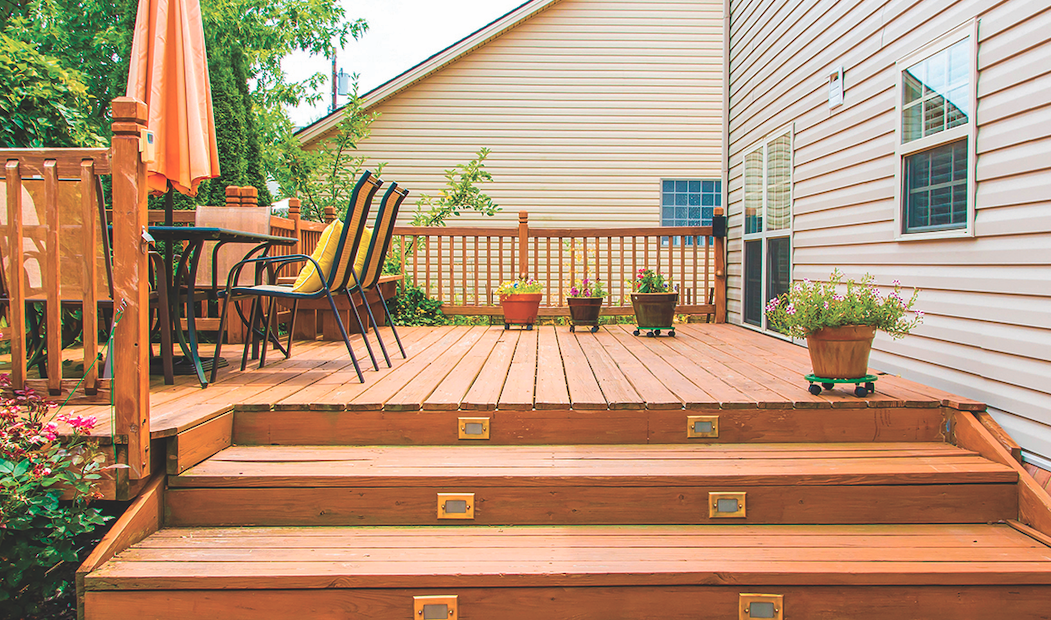Spring is a season of rejuvenation that compels millions across the globe to quit hibernating and get back to enjoying the great outdoors. Spring also marks a great time to assess a home’s exterior, namely those areas like a deck where people will spend a lot of time in the warmer months to come.
Assessing a deck after winter can be eye-opening. Harsh winter weather can take its toll on a deck, and the following are some telltale signs that a deck could be in need of repair or replacement.
• Wobbly underfoot and in hand: Wobbly planks and railings are one sign of a deteriorating deck homeowners won’t recognize as they hide from winter weather indoors. But these tend to reveal themselves rather quickly when examining a deck after winter. Wobbly planks in the middle of the deck can be inconvenient, but wobbly steps and railings can be dangerous. According to the home improvement resource Angi, wobbly railings can be a byproduct of rot. A local decking professional can assess the extent of the rot in railings and elsewhere and determine the best course of action. If the rot is isolated to an area or two, a simple repair may be all that’s necessary. Extensive rot may require a full replacement of the existing deck.
• Faded paint: Many homeowners paint their wood decks, and that paint will not last forever. Faded paint can turn an otherwise lovely deck into an eyesore, and paint can fade over the winter. Thankfully, a local painter can address a faded deck and may recommend some additional strategies to safeguard the deck against fading next winter and beyond.
• Holes in the wood: Many a homeowner has encountered curious-looking holes in their deck. This could be a sign of insect infestation. Termites, carpenter ants and carpenter bees are among the various types of insects that can bore holes through wood. Homeowners who notice holes throughout their deck are urged to call a deck professional and/or pest control firm to assess the holes and offer a solution. Though small issues may be addressed with repairs, a deck littered with holes caused by insects may need a full replacement.
• Rust: Wood decks may be made of wood, but they can still exhibit signs of rust, namely in the nails and metal connectors that hold the deck together. If screws have rusted to the point where they are no longer holding the deck together, a full-scale replacement could be in the cards, as the deck could have substantial structural damage. Like other issues that can reveal themselves during a springtime inspection of the deck, rust necessitates a thorough examination by an experienced decking professional.
Many people do not use their decks during winter, which only underscores the significance of a full deck inspection in spring.








Recent Comments